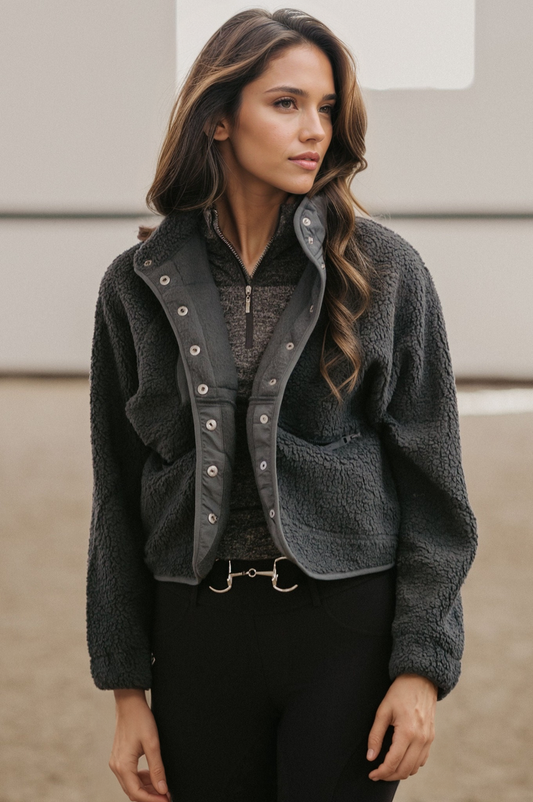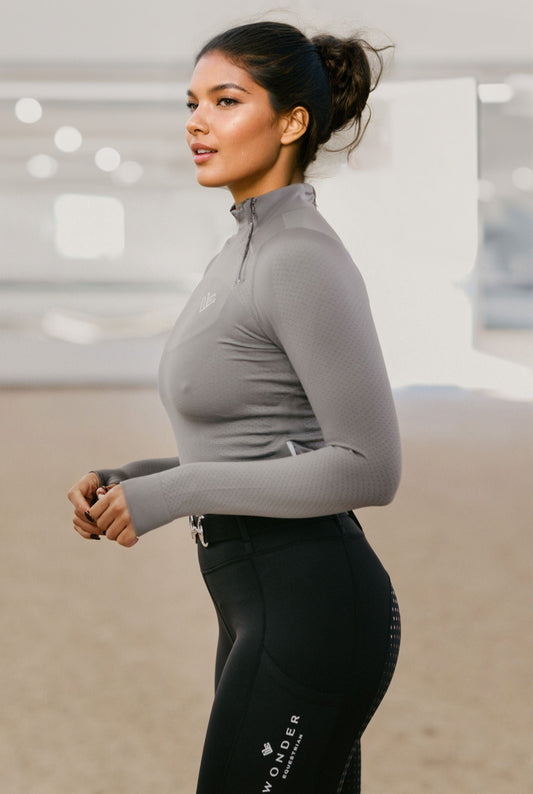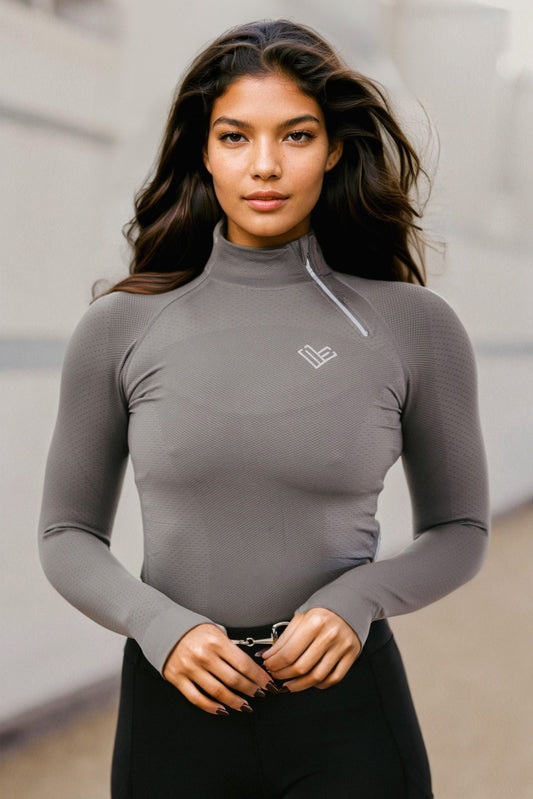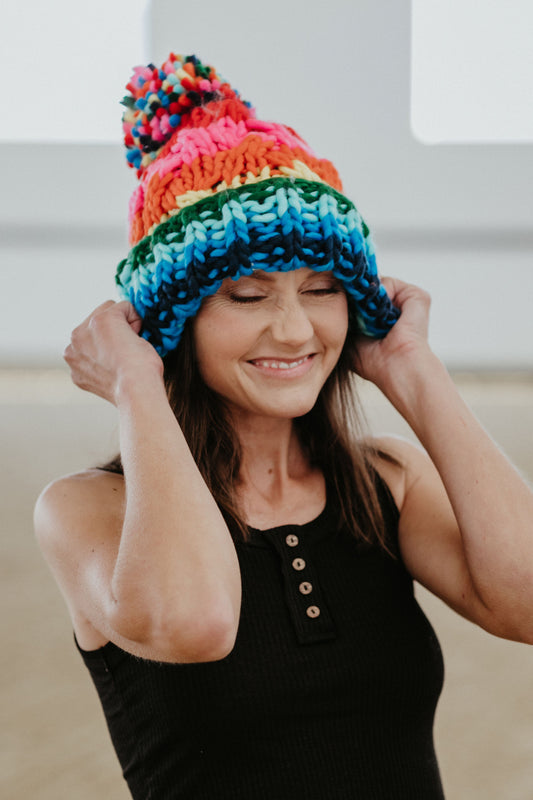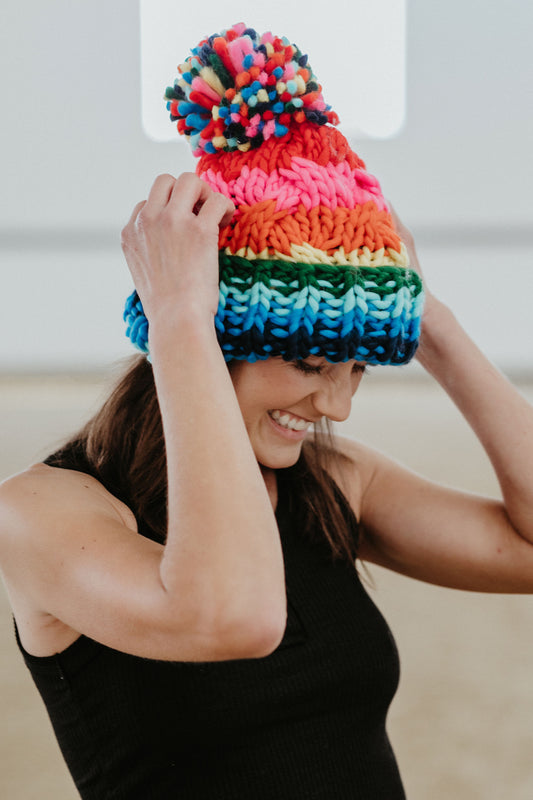Understanding the Importance of Equestrian Footwear
When it comes to equestrian sports, choosing the right footwear is crucial for both safety and performance. The correct boots or shoes can provide the necessary support, protection, and grip you need while riding. From tall boots to paddock boots and everything in between, this guide will help you navigate the various types of equestrian footwear so you can make an informed decision as a beginner.
Types of Equestrian Boots
Tall Boots
Tall boots are a staple in the show ring and come in two main styles: field boots and dress boots. Field boots are characterized by lacing at the front of the ankle, giving more flexibility, which is particularly useful for jumping disciplines. Dress boots, on the other hand, have a more formal appearance with no laces and a stiffer construction, often preferred for dressage.
Paddock Boots
Paddock boots are short, ankle-high boots that are versatile and comfortable. They are ideal for daily riding, stable work, or when you are just getting started with riding lessons. Paddock boots can be combined with half chaps (a type of gaiter) to provide leg protection and extra grip similar to tall boots.
Western Boots
If you are interested in western riding, then western boots or cowboy boots may be more your style. They come with a distinct heel and typically have a pointed toe, providing safety and control when riding western disciplines. The design also makes it easier to slide out of the stirrup in case of a fall.
Riding Sneakers
For a more casual approach, there are riding sneakers which blend the comfort of a sneaker with features of a paddock boot. These are typically designed for endurance riding or trail riding and may not be suitable for more formal types of riding.
Features to Consider
Material
Most equestrian boots are made from leather or synthetic materials. Leather is durable, breathable, and molds to your feet over time, providing a custom fit. However, it requires more care and is usually more expensive. Synthetic alternatives are often cheaper, require less maintenance, and can be just as durable, but they might not offer the same level of comfort and fit as leather.
Fit and Comfort
It's critical to try on boots to ensure a good fit. There should be enough room to wiggle your toes, but your heel should not slip when walking. The fit also depends on what you plan to wear under your boots; if you ride in thick socks or breeches, you’ll want to consider that when trying them on.
Sole and Heel
The sole of the boot should provide good grip and be designed for stability in the stirrup. Look for a sole with a defined heel, which prevents the foot from slipping through the stirrup, a potential hazard.
Waterproofing and Insulation
If you're going to be riding in wet or cold conditions, look for boots that offer waterproofing and insulation. This will keep your feet dry and warm, making your riding experience much more pleasant.
Care and Maintenance of Equestrian Footwear
Proper care extends the life of your boots. For leather boots, use cleaners and conditioners specially formulated for leather footwear. Store your boots in a cool, dry place and use boot trees or shapers to maintain their form. If you opt for synthetic boots, follow the manufacturer's instructions for cleaning and care.
Concluding Thoughts
Your equestrian footwear is as important as any other piece of riding equipment. It can influence your comfort, performance, and safety. Remember that the best boot for you will depend on the type of riding you do, the fit on your feet, and your budget. Take your time trying different options, consider the features that are important to you, and choose boots that will serve you well in the saddle.
Shop Wonder Equestrian



